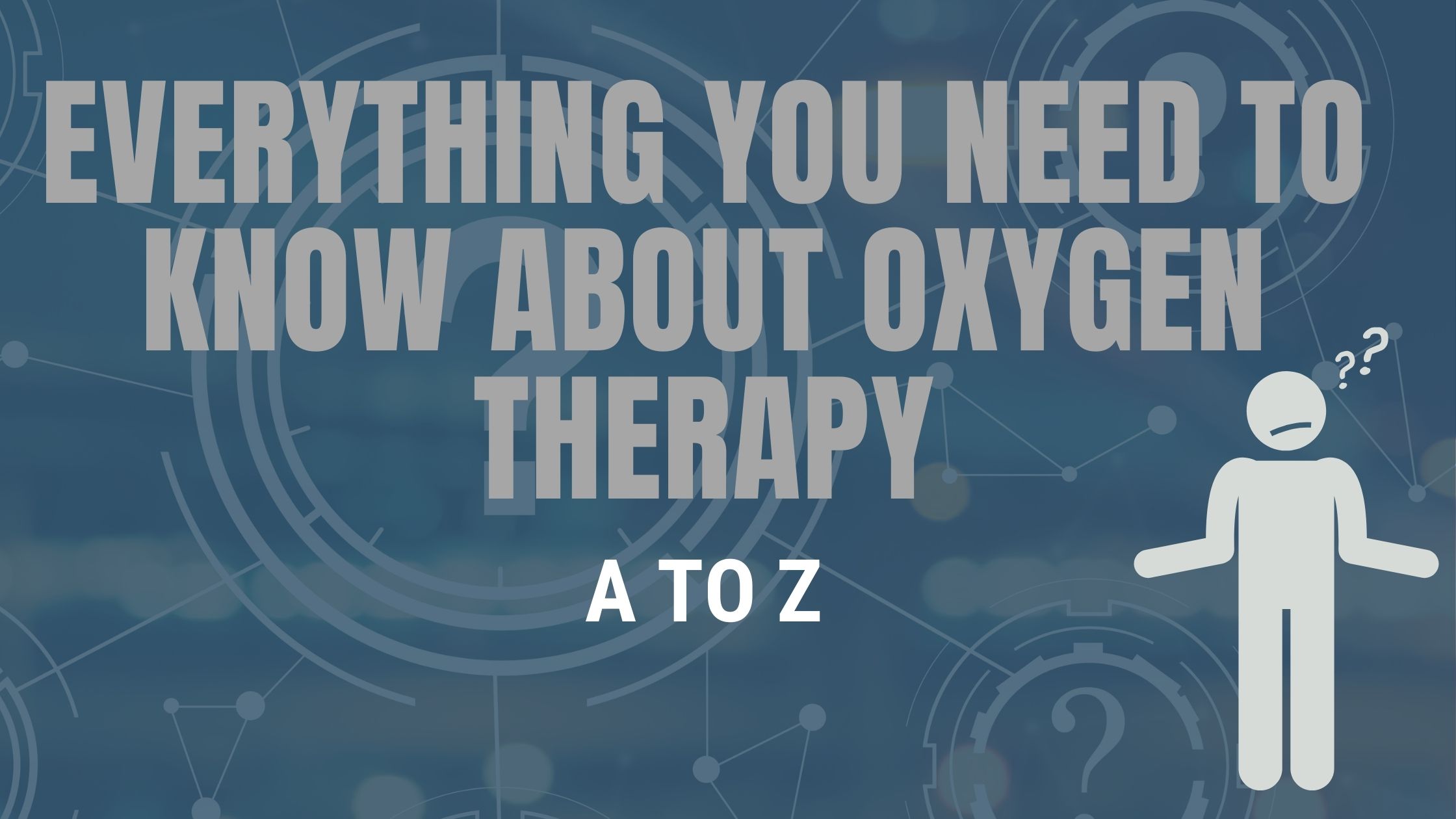
Oxygen therapy has evolved to the point where the oxygen user should not only be getting the oxygen they need to breathe, but the freedom and independence to do more activities, travel, and find happiness in everyday comforts. The demand for oxygen to be user friendly, portable, and noninvasive is hugely due to the fact that every year, about 1.5 million patients in the United States utilize long term oxygen therapy.
However, not every oxygen device can give patients the freedom they deserve. In fact, many oxygen devices tether its user to their home, making travel impossible and exercise unbearable. We are lucky enough to live in an age of innovation and growth, oxygen therapy is no exception. The technology that is used to design and manufacture modern oxygen devices has improved drastically and has come a long way from the heavy and bulky oxygen reservoirs used in the past.
{{cta('fa8abc2a-1e88-4fa3-82fd-1cb5b9ed43b2','justifycenter')}}
Shopping for oxygen
It is important to note, that with the growth and demand for new forms of oxygen technology, came a lot of cheaply made replicas and non-licensed distributors selling malfunctioning oxygen machines. It is important for people shopping for oxygen therapy devices to speak with their doctors and find the most trusted oxygen brands and suppliers that they can work with.
If you are looking into buying your first or a new oxygen device, it is not only important to do your research, but you also should not go with the cheapest option you find on Google. Your oxygen device is going to be your trusty companion all day and all night for the rest of your life, so making sure you get the right device for your oxygen needs that also fits into your lifestyle is essential for your wellbeing.
In this article we talk about a number of aspects surrounding oxygen therapy:
- We look at the evolution of oxygen
- Understanding flow rates
- We will go over your oxygen therapy options
- We will give you a list of the most trusted names in oxygen manufacturing companies
- We will discuss our best selling portable oxygen concentrators
- How to make the most of your oxygen therapy
Evolution of Oxygen Devices
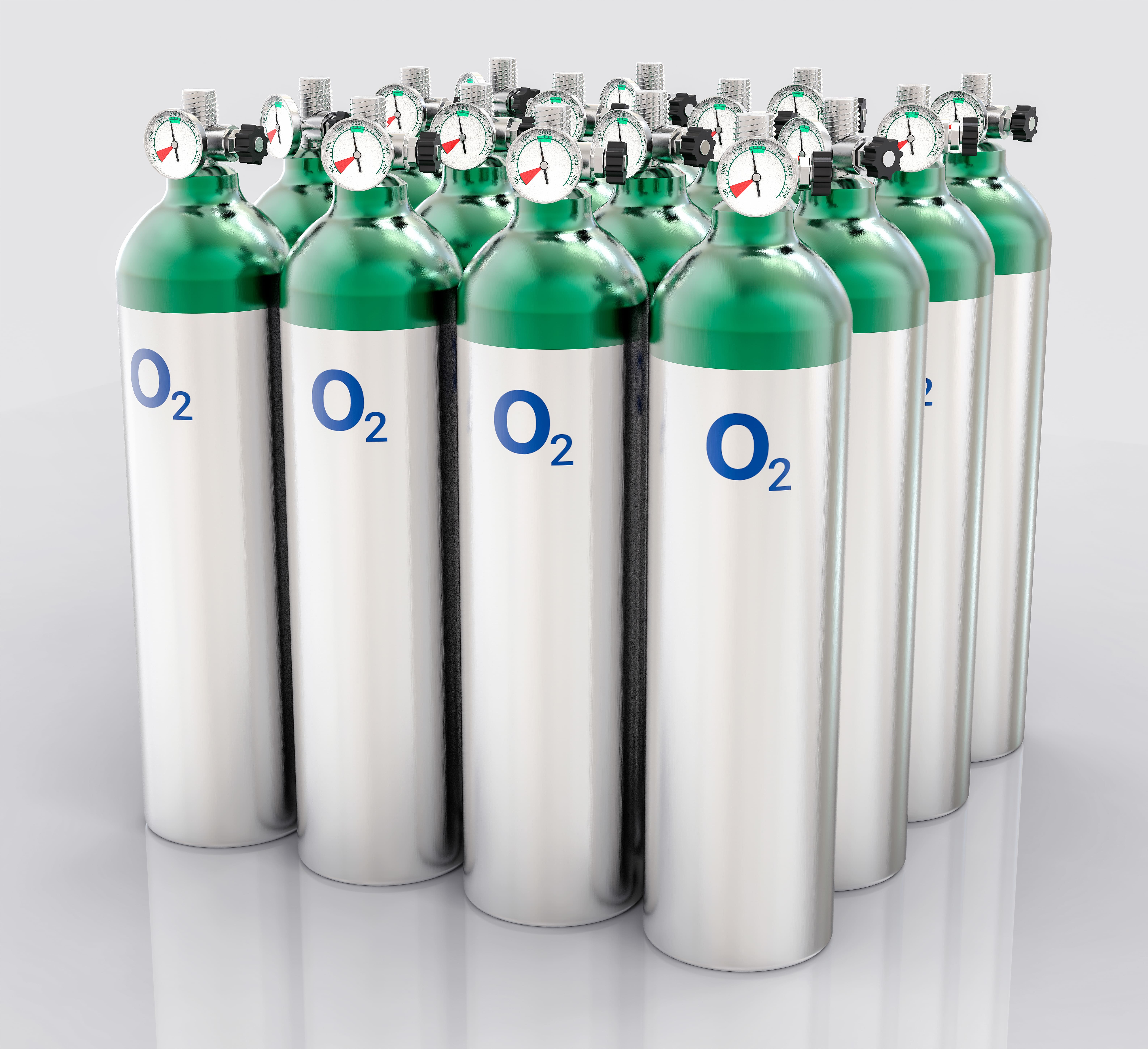
Long term oxygen therapy (LTOT) is prescribed to patients with chronic obstructive pulmonary disease (COPD) and other chronic lung diseases. LTOT increases survival and improves the quality of life of users with hypoxia, it can be very dangerous if used incorrectly, which is why oxygen is prescribed to patients by their doctors after taking a series of pulmonary function tests.
In the beginning, pressurized cylinders were the only available option for long term oxygen therapy. Then in 1965, the first home based liquid oxygen system was invented which gave the oxygen user both an immobile and portable oxygen system. This presented a great advantage, where the oxygen user finally had the ability to refill their portable liquid oxygen system and their smaller portable system whenever needed.
In 1973 home oxygen concentrators became readily available, these devices operated by filtering nitrogen from the air and producing medical grade oxygen. Oxygen concentrators provided an unlimited supply of oxygen, and it ran off of electricity. While this oxygen system was safe and efficient it was stationary, and tethered its users to their home where there was electricity.
Today, there are combinations of oxygen devices:
- Compressed gas canisters
- Liquid oxygen tanks
- Concentrators
- Liquid oxygen portable canisters
- Battery operated portable oxygen concentrator
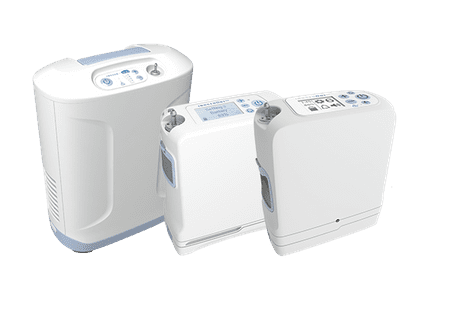
Every home oxygen system has a different performance characteristic, with its own set of capabilities and applications. Your doctor should be aware of product variability in performance when identifying specific systems that would work for you.
Your Oxygen Therapy Options
There are so many home oxygen therapy options to choose from that to the point where it is notoriously difficult to know what equipment is right for you, what is available and the capabilities and drawbacks of each device.
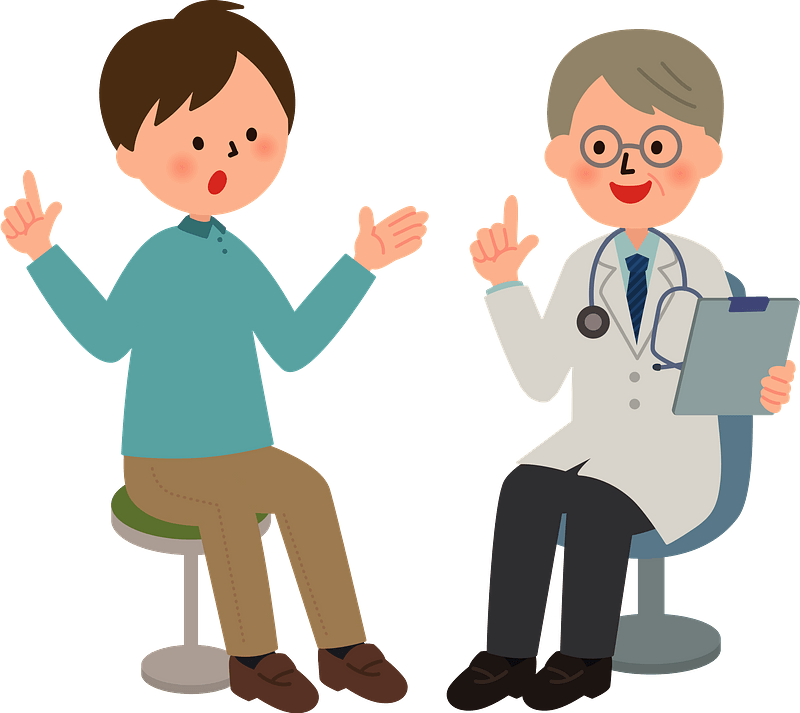
So while your doctor will typically prescribe you a flow rate and frequency for home oxygen therapy based on the results of your pulmonary function, the oxygen provider is expected to supply the necessary equipment based on your prescription and recommendations from your doctor. Therefore, it should be evident that it is important to work with the most trustworthy oxygen providers that supply the most trusted names in oxygen manufacturing.
Flow rates
At one point in time, there were only continuous flow oxygen devices, until intermittent-flow devices were introduced in 1983. The continuous flow devices distribute the oxygen at a consistent rate, even while you exhale. Intermitted-flow devices were created to conserve the oxygen that is wasted while exhaling. Intermittent-flow devices only admit oxygen when the user inhales, and it will pause during the exhale.
Both continuous flow devices and intermittent-flow also known as pulse flow devices, are still used today and the flow rate you use will depend on your oxygen requirements that will be established by your doctor. From there it will be the responsibility of your oxygen supplier to adhere to your oxygen requirements and match you with a device that will meet these needs.
There are three main forms of home oxygen therapy that offer both continuous and pulse flow operations listed in the following sections.
Oxygen gas
.jpg)
Oxygen gas can be stored in a portable tank also known as compressed gas systems. You would use a larger stationary concentrator while you are at home, and you would have a smaller oxygen tank that can be taken with you outside the home.
The portable oxygen tanks are very small and only deliver oxygen in pulses, not continuously in order to save oxygen, so you will not run out. This is of course not an option for everyone, because many people do need the continuous flow of oxygen in order to reap the benefits of oxygen therapy.
Liquid oxygen
Liquid oxygen can be stored in a portable tank, but the difference between the gas and liquid oxygen is how the liquid form is more highly concentrated, and more oxygen can fit in a smaller tank. Active people would prefer this method because it is much more portable, but it will still need to be refilled often.
Most people with liquid oxygen and oxygen gas systems are able to get their oxygen delivered to their home, and this will depend on your location.
Portable oxygen concentrators
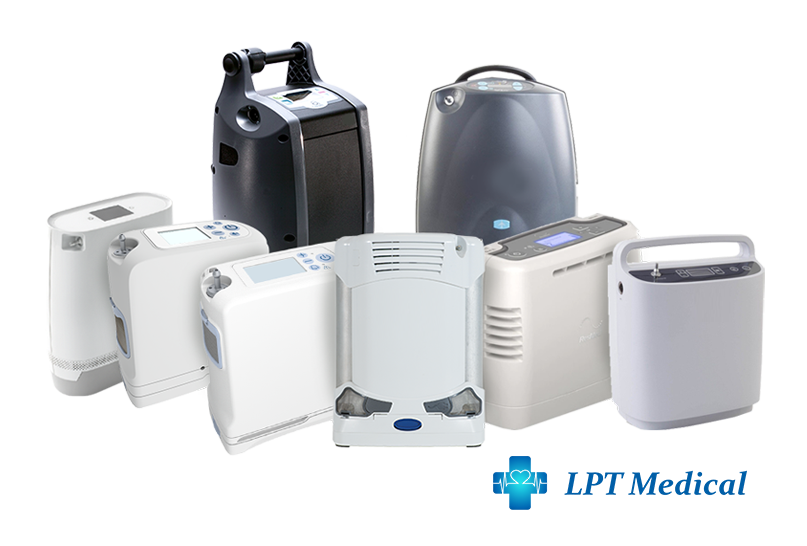
Portable oxygen concentrators are the most portable option. An oxygen concentrator is a device that takes oxygen from the room, filters out impurities, and concentrates the air into medical-grade oxygen. The most obvious advantages of portable oxygen concentrators is that they are less expensive and don’t require refilling.
So while there are only 3 main forms of oxygen therapy, the diversification between each method is vast, and you may want to read more about the comparison between oxygen device systems, you can do so by clicking here to read Oxygen Concentrators vs. Oxygen Tanks: A Simple Comparison Guide.
A lot like buying a car, the next step, is deciding which brand of POC you will choose and then deciding on the model you want, luckily your choice are limited by your oxygen prescription, but for most people they will have more than one option, and picking the right device can be overwhelming.
Here are a few of the most trusted names in oxygen manufacturing.
Oxygen Manufacturing Companies
Of all of the oxygen manufacturers out there there are a few that continuously outperform their competitors, bringing oxygen users the most efficient, cost effective, overall best oxygen equipment to the market every year, for more reasons than one.
- Inogen
- ResMed
- Philips Respironics
- Drive Medical
At LPT Medical, quality is the only option. Which is why, LPT Medical offers products from all of the most reputable manufacturers in the industry. These are the companies that are pushing the boundaries of what’s possible for patients suffering with a debilitating respiratory condition. And by offering these brands, we ensure that more people around the country have access to the most state-of-the-art oxygen therapy equipment in the world.

Best Selling Portable Oxygen Concentrators
The make and model of your device will be narrowed down based on your oxygen requirements. From there, one of our knowledgeable respiratory specialists at LPT Medical reviews your needs and matches you with a variety of devices that vary in weight, battery life, and other factors. Our customers have reviews our specialists ability to pick out the best device, and we are thrilled with our performance.
Our selective and integrated process working with every customer on a personal level has given us worldwide recognition as one of the most trusted names in the world of oxygen therapy products offering home oxygen concentrators, portable oxygen concentrators, CPAP and BiPAP machines, and all the accessories you need to make the most of them.
That being said, we know which devices work for many people and for those who do qualify for the following portable oxygen concentrators, are always our happiest customers!
Inogen One G5 and the Inogen One G3
The Inogen One G5 portable oxygen concentrator in the best selling pulse flow oxygen device there is because it meets mostly every oxygen patient’s needs. It is powerful enough to cover a user’s oxygen prescription, by going up to a level 6 which is 1260 ml or oxygen per minute.
The battery life of the Inogen One G5 is unbeatable, the Inogen One G5 Double Battery provides the same reliability as the G5 Single Battery but adds up to 13 hours of additional battery life on a single charge.
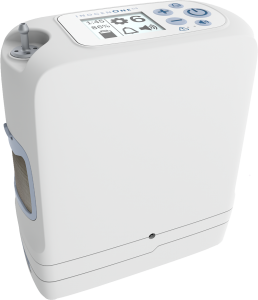
So this device can go with you anywhere, and last for hours, but it is also very lightweight. You can carry the One G5 with you in the One G5 backpack or the custom carrying case, but with either method you will barely notice the 4.7 pounds.
The Inogen One G3 goes up to a level 5 in pulse flow output, and weighs the same as the One G5. it is a great option for people who don’t mind having older generations that are still high quality and reliable. The One G3 is still rated the number one pulse flow oxygen concentrator because of its long-standing record and dependable results. Not to mention the carrying case is designed in a classic and sleek style, so it doesn't look like a medical device
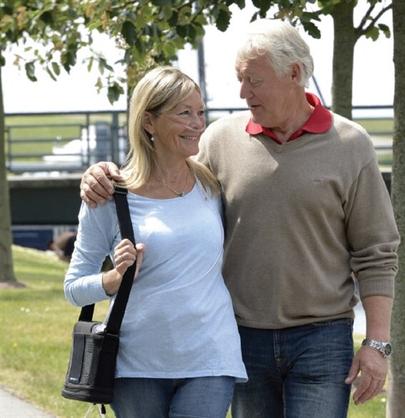
The 8-cell battery that comes with the One G3 is very powerful, but you can also get the Inogen One G3 16-Cell Battery if you value that extra long lasting battery life.
The G3 is also one of the quietest portable oxygen concentrators available, but it also help you pay attention with audible alerts in case of a power outage, no breath detected alarms, and oxygen purity checks. If your oxygen level ever falls below required levels, the One G3 will let you know immediately.

Caire Freestyle Comfort
The Caire Freestyle Comfort portable oxygen concentrator has been compared to the Inogen One G5 in similar respects to its long lasting battery life and lightweight design. The Freestyle Comfort is even lighter than the One G5 but the battery doest last quite as long.
Similarly to the One G5 and One G3, the Freestyle comfort has two battery options, the Caire Freestyle small battery, and the Caire Freestyle large battery.
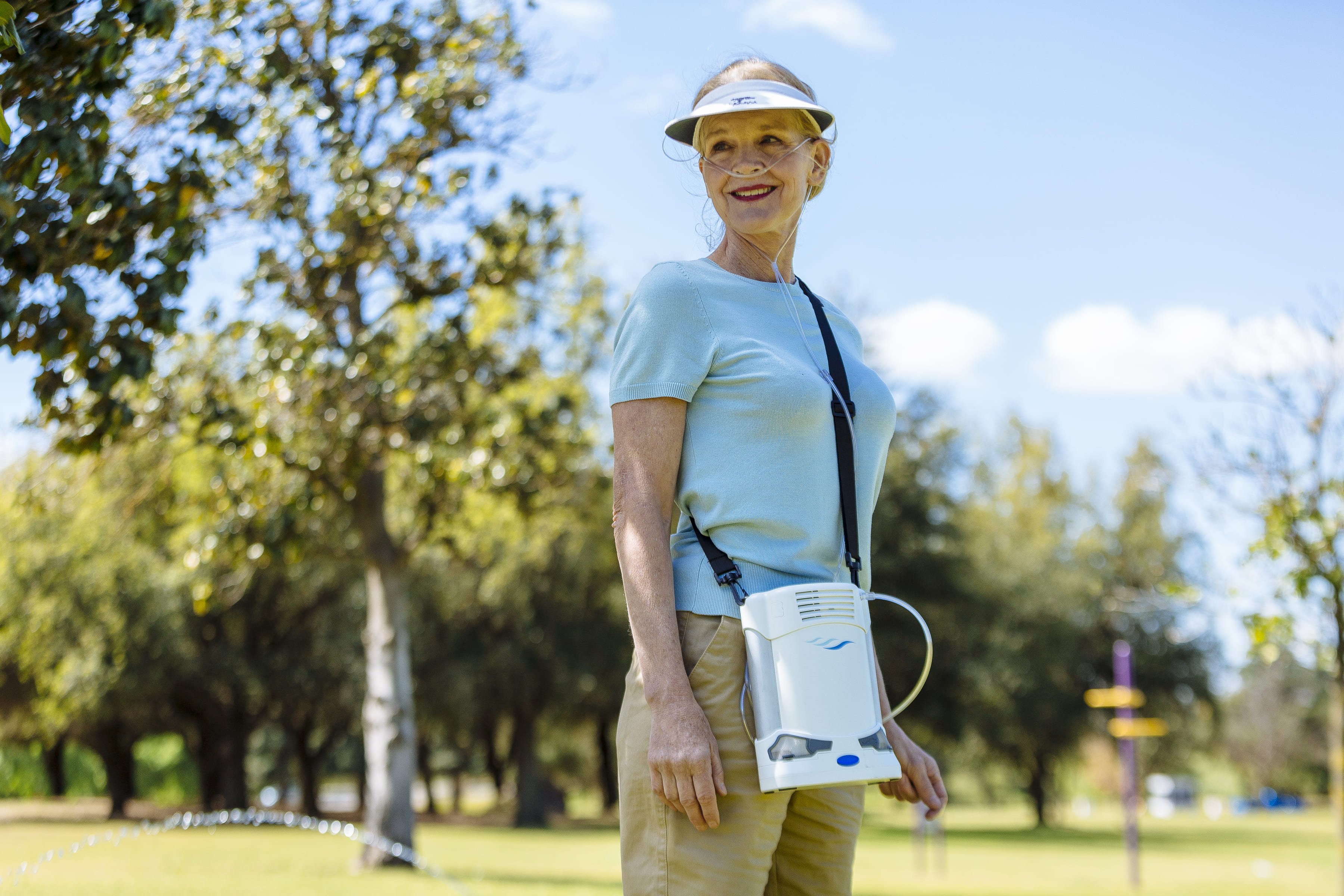
Respironics SimplyGo
The Respironics SimplyGo is the most lightweight portable oxygen concentrator that offers both pulse flow and continuous flow, making this device a hot commodity for people who switch between flow settings.
The long lasting battery life is another huge selling point because people can go longer without having to plug in their oxygen to the car or outlet. When the machine does need to be recharged it is as easy as changing your cell phone, and you can continue to use it as it charges.
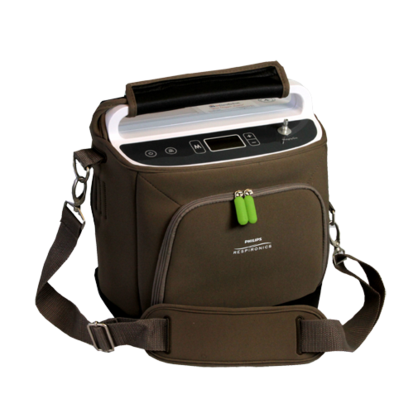
Making the Most Out of Your Oxygen Device
In order to take advantage of all of our devices, including the ones not listed above, you can purchase extra batteries, external chargers, backpacks and carrying cases, and more. Oxygen accessories are designed to make using oxygen therapy easier and more comfortable, and you will quickly learn what aspects of oxygen therapy you want to make more comfortable.

For example, if you notice that the oxygen tubing is putting a lot of pressure on your ears, there are ear pads available to accommodate that pain.
If you notice that your battery is dying too quickly, you can upgrade to the larger battery for extended use.
Devices like the the Inogen one G3 have backpacks and rolling backpacks available, to make carrying the 5 pound device even easier, you can find those items by following the links below:
Inogen One G3 Rolling Backpack by Portablez
GO2 Carryall Inogen One G3 Carrying Bag
If you notice that your tubing tends to get tangled there are Tidy Tubs Oxygen Supply Tubs available to stop this from happening
Here are 4 other ways to take advantage of your oxygen concentrator

1. Consider buying additional oxygen concentrator batteries.
Having an additional oxygen concentrator battery is extremely important for people who enjoy spending extended time away from their home or car. An extra battery can be the difference between having to worry about leaving an event early versus living stress free knowing you have plenty of time with pure medical grade oxygen. This particularly applies to patients who do not get as much battery life, either due to their high-flow rate, or their device just doesn't have that long lasting battery that some do.
2. Keep your spare batteries fully charged and do not forget to rotate them.
Keeping an extra battery without a charge for extended periods of time can actually damage the battery. Oxygen users should always store spare batteries that are fully charged. this is not only better for the battery life overall, but keeping batteries fully charged and ready, allows you to switch batteries at any time without having to worry about damaging them or your POC. You should also rotate batteries if you have more than two and always switch to a fully charged battery.
Tip: If you aren't going to use your spare batteries, store them at a 50% charge to ensure you don't damage any battery cells.
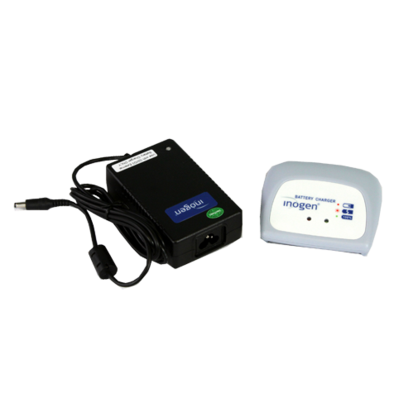
3. Utilize the accessory bag that comes with the package
Most units will come with a custom carrying case, few do not. Theses accessory bag vary in size and color based on the type of concentrator you have has. The accessory bag is an excellent organizational tool that helps you arrange the unit accessories in one particular location without having trouble finding them or risk losing them. Accessory bags usually have padding, zipper or velcro, and easy access to keep the contents safe.
4. Utilize the DC Power Supply.
All POCs come with a DC power supply that can be plugged into the cigarette lighter of a car. Small pulse flow units are totally functional on the DC power supply, which means you can use your device on any flow rate settings, and recharge the battery at the same time. However, the constant flow units carry a few limitations when using the DC power supply. Generally, uninterrupted flow units will continue to work and charge on pulse flow settings 1-4 as well as continuous flow settings as much as 2 LPM.
Overview
Oxygen can be a life saving therapy if you are adhering to your oxygen prescription correctly. If you start to take advantage of you oxygen device, you can find even more independence and more freedom than you had before you needed oxygen. All this requires in knowledge and trust in the process that this life saving therapy, can make a huge difference in the quality of you life.

